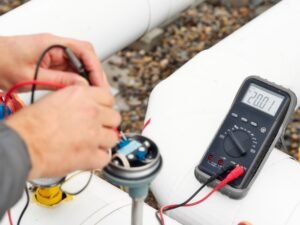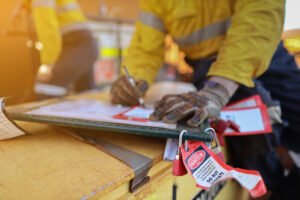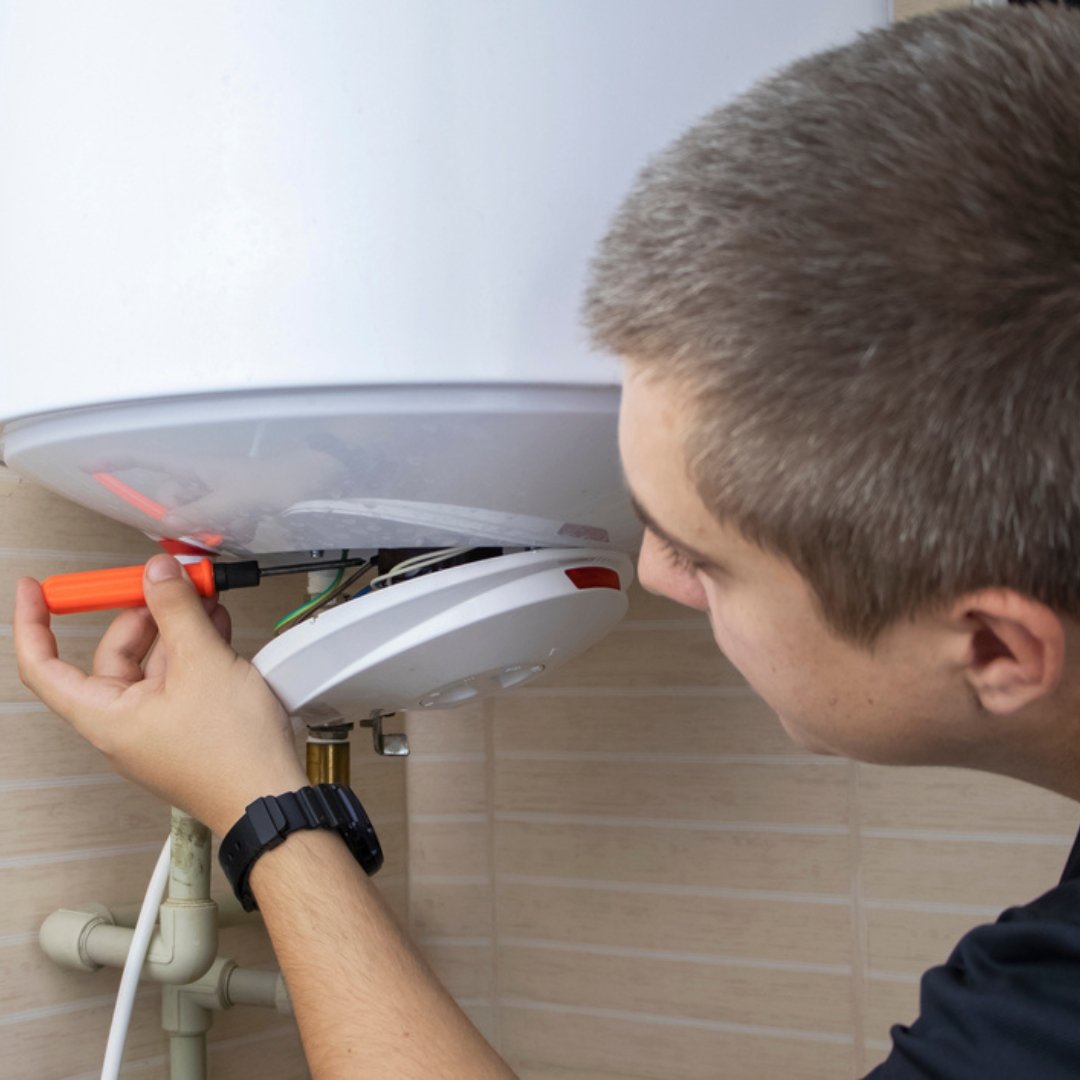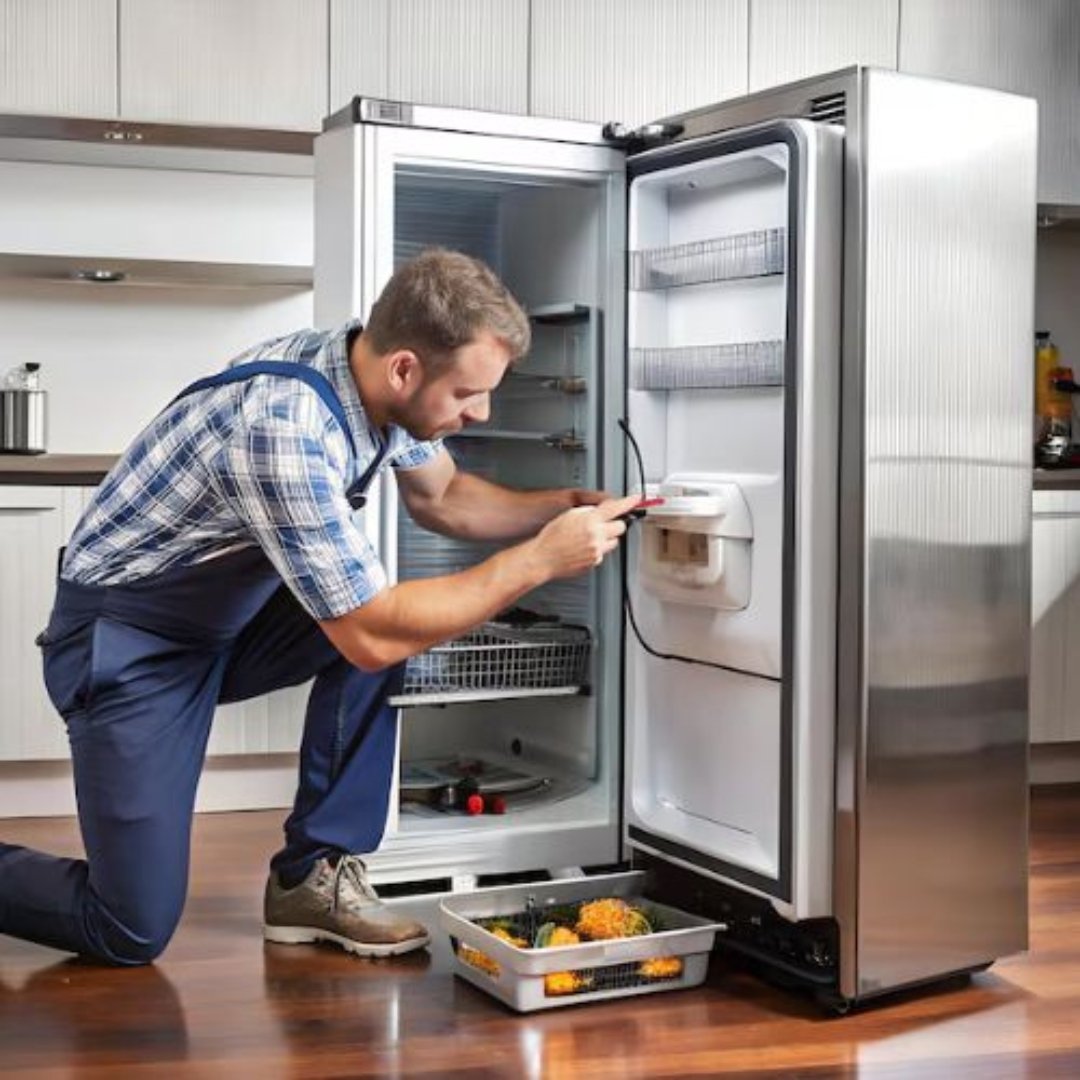Step-by-Step Process of Electrical Testing & Tagging
Ensure Workplace Safety with SafeTag’s Proven Methodology
Electrical testing and tagging is a vital safety procedure that protects both people and property from the risks of electrical faults. At SafeTag, we follow a thorough and compliant process that ensures your workplace remains safe, legally compliant, and free from electrical hazards. Below is our step-by-step breakdown of how we carry out electrical testing and tagging with precision and care. To Know More Click Here

Step 1: Initial Inspection of Equipment
Before any testing begins, SafeTag’s certified technicians perform a visual inspection of all appliances and cords. We look for signs of wear and tear such as:
- Frayed or exposed wires
- Damaged plugs or sockets
- Loose connections or burn marks
- Non-compliance with Australian standards
This helps identify any immediately obvious dangers and determines if the item is safe to proceed for electrical testing.
Step 2: Electrical Testing with Portable Appliance Tester (PAT)
Next, we use advanced Portable Appliance Testers (PAT) to check the internal electrical safety of each device. This includes:
- Earth continuity testing (for Class I appliances)
- Insulation resistance testing
- Polarity checks
- Leakage current testing
These tests ensure that the equipment is electrically sound and poses no risk of shock or fire. To Know More Click Here

Step 3: Tagging the Equipment
Once an appliance passes testing, it is labeled with a durable test tag. The tag includes important details such as:
- The date of testing
- The next due date
- The technician’s name or ID
- The status: PASS or FAIL
This tag serves as a quick visual reference for safety compliance and maintenance planning.
Step 4: Reporting and Documentation
SafeTag provides clients with a detailed testing report and asset register, which includes:
- A list of all tested equipment
- Pass/fail results for each item
- Unique ID numbers and tag colors
- Re-test due dates as per AS/NZS 3760 standard
This documentation is vital for audit trails, insurance, and regulatory compliance.

Step 5: Scheduling Re-testing and Reminders
Safety doesn’t stop after one test. Based on the type of environment and equipment usage, SafeTag sets up a retesting schedule:
- Every 3 months (construction and demolition sites)
- Every 6 or 12 months (factories, workshops)
- Every 5 years (low-risk offices)
We also provide automated reminders so you never miss a due date. To Know More Click Here
Why Choose SafeTag?
With SafeTag, you get:
- Certified and experienced technicians
- Latest testing equipment
- Transparent pricing and reporting
- Fully compliant with AS/NZS 3760:2022
- Commitment to workplace safety and efficiency

Conclusion
Electrical testing and tagging is not just about ticking boxes—it’s about protecting lives and minimizing risk. With SafeTag’s systematic and professional approach, you can be confident that your workplace remains safe, compliant, and well-maintained. Let us handle your testing & tagging needs—so you can focus on running your business.
SafeTag – Your Safety Partner in New Zealand
Ensure workplace safety and compliance with SafeTag’s professional testing services. We offer certified solutions for Electrical Testing & Tagging, RCD Testing, Microwave Leakage Testing, and Portable Appliance Testing (PAT). Trust our experts for hassle-free, on-site service tailored to your business needs.




